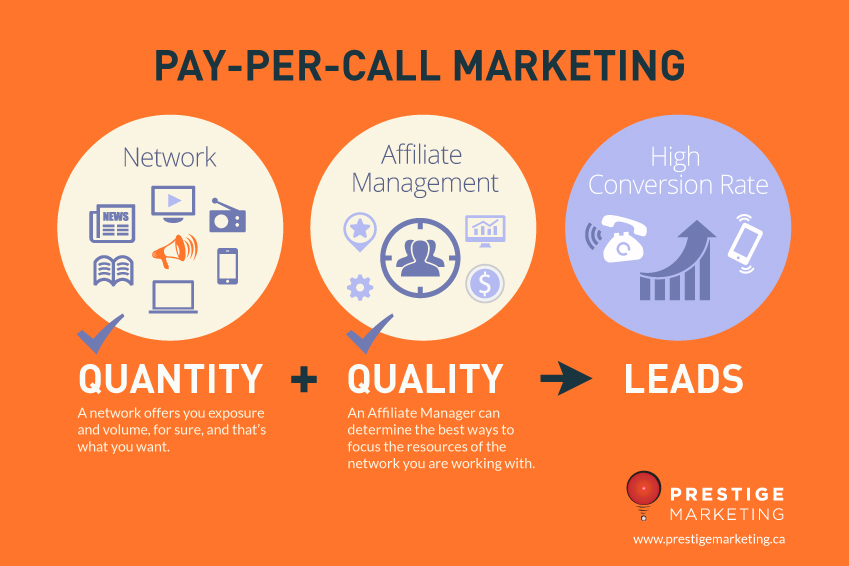8 Tips To Drive Lead Generation With Pay-Per-Inquiry Radio Advertising

Many brand advertisers are missing out on the performance placement opportunities that radio has to offer. Pay-per-inquiry radio advertising is one such opportunity for direct marketers because, typically, you only pay for the inquiries generated, regardless of the number of spots that air. It could also enable you to reach more radio markets than you would through traditional radio buys. Last year AdAge ranked pay-per-lead generation programs among its top B2B prospecting programs, but it can be just as effective for B2C.
Your program would get rolled out to a broad spectrum of radio stations, networks and syndicators of your choice in your desired geographical area. Depending on your objectives, sales leads can be generated through a variety of offers, from a free appointment or trial, to a free rate quote or request for more information.





 Think companies are spending a lot on social media now? According to Duke University’s Fuqua School of Business, the social media spending of U.S. firms is expected to rise 150 percent over the next five years. If your reaction is that you couldn’t dedicate more hours to your activities on social networking sites without cloning yourself, take heart. Most marketers could strengthen their social media programs by making better use of tools and techniques already available to them.
Think companies are spending a lot on social media now? According to Duke University’s Fuqua School of Business, the social media spending of U.S. firms is expected to rise 150 percent over the next five years. If your reaction is that you couldn’t dedicate more hours to your activities on social networking sites without cloning yourself, take heart. Most marketers could strengthen their social media programs by making better use of tools and techniques already available to them. Remember when purchasers paid marketers regardless of whether they were able to track and measure just how effective their campaigns were? How times have changed. With the introduction of each new measuring device, it seems, comes more pressure for marketers to whip up results. The fact that most Internet ad revenue in the U.S. is now comprised of performance-based advertising only highlights this fact.
Remember when purchasers paid marketers regardless of whether they were able to track and measure just how effective their campaigns were? How times have changed. With the introduction of each new measuring device, it seems, comes more pressure for marketers to whip up results. The fact that most Internet ad revenue in the U.S. is now comprised of performance-based advertising only highlights this fact.


 Marketing is consistently becoming more personalized and targeted, focusing on smaller groups of relevant prospects instead of a single, large audience. Marketers need to focus on building closer, emotional connections with their customers to increase satisfaction, retention and revenue.
Marketing is consistently becoming more personalized and targeted, focusing on smaller groups of relevant prospects instead of a single, large audience. Marketers need to focus on building closer, emotional connections with their customers to increase satisfaction, retention and revenue.